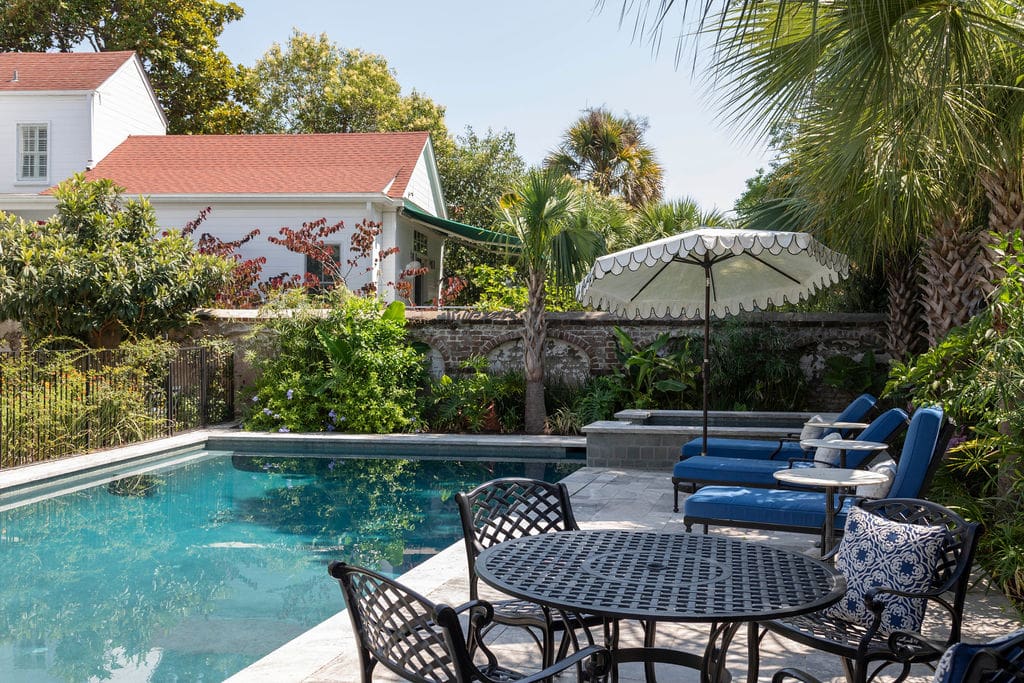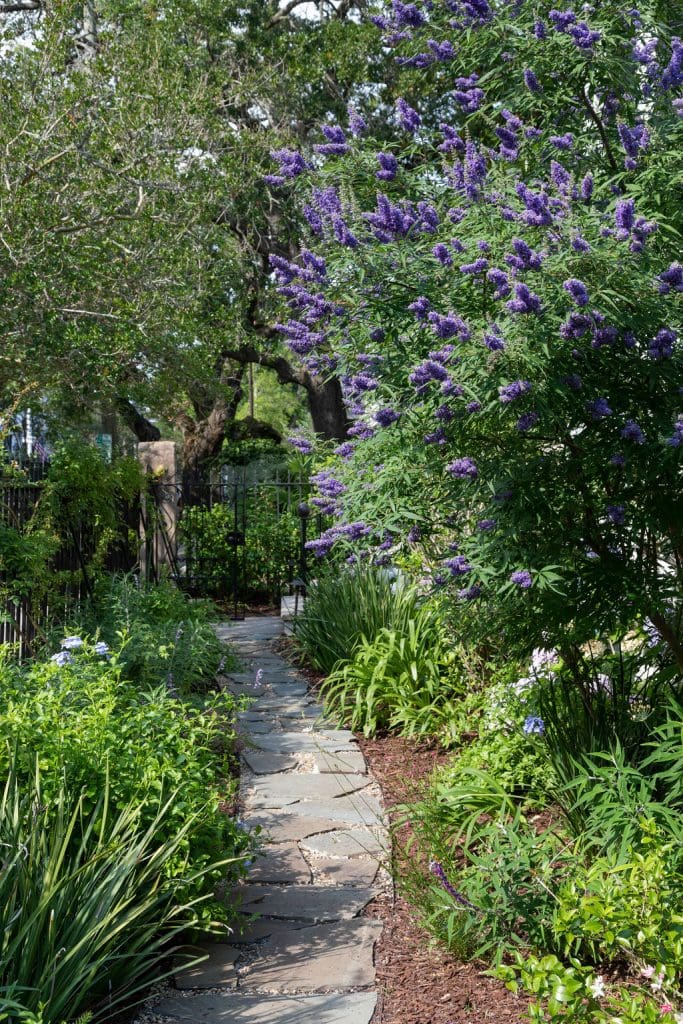
While clients disagreeing with one another is typically more of a high-drama feature you’d see on a reality TV show, it’s not impossible to encounter this sort of impasse with your own customers.
So, how do you go about creating a landscape design both parties will love when their styles are night and day? Member companies share their best techniques for satisfying couples with vastly different design tastes.
Finding Common Ground
It may sound like common sense, but you need to find the common denominator that your clients do agree on and work on a design from there.
“One of my favorite jokes is that I’m not afraid to play marriage counselor,” Mark Ables, president and CEO of Ables Landscapes, based in Hollywood, South Carolina. “The biggest arguments we see come up between couples aren’t about specific plants, but more of how a space will be used. One spouse will want a pool while the other doesn’t think they’ll use it, one will want as much hardscape as they can get because they like things clean, while the other wants a softer approach with more green space.”

Ables says they will ask the clients questions on how they want to use the space, such as do they host much, whether kids are part of the picture, would they like to bring in cuttings from the garden and so forth. Typically, they can see the potential for the space and steer the customers in a direction they can envision.
Bob Hursthouse, president of Hursthouse Landscape Architects, based in Bolingbrook, Illinois, says he’s dealt with couples with different backgrounds, such as one wanting a fine garden while the other is looking for a rural mountain look. He says they look to right-size the built environment so it has what they want to use it for.
“We try to break away from the styles and get down to the essence of what they want, and then back into the styles afterwards, because at least we got agreement on the overall footprint,” Hursthouse says.
Hursthouse will have both of his clients create individual ideal books on Pinterest or Houzz and send them to him. He can usually identify what common themes he sees.
June Hawkins, senior designer with Milosi, based in Hendersonville, Tennessee, says walking the property and creating landscape rooms with visual separation is another way to provide the best of both worlds.
“My goal is that everyone has some place in the landscape that excites and matters to them, a place where they look forward to spending time,” Hawkins says.
She stresses how important it is to discuss and agree on priorities, vision, wants, needs, desires, and budget upfront before starting the design. She prefers to have all decision-makers at the initial design meeting and the final presentation.
Consider House Architectural Style and Plant Palettes
One option is letting the architectural style of the house dictate the landscape design, as typically, the tastes of the clients align with that style.
“The owner of a new, modern home is generally going to be more interested in trying something fun or funky, while the owner of a town on the peninsula of Downtown Charleston will generally be more excited about creating a garden that honors our traditional plants and materials,” Ables says.

Photo: Ables Landscapes
Ables cautions this isn’t always the case, so it’s the job of the designer to steer the clients in the right direction. They can create compromises and make nods to one of the client’s favorite styles with garden décor like pots or a statue.
“For me, the project success is equal to the owner’s enjoyment of their outdoor spaces,” Hawkins says. “I listen. Then I search for a solution. For example, it may be as simple as using plants that are new to both clients. The house and site conditions are integral in my proposals and considerations.”
Hursthouse says if the property is the forever home of your clients, you only need to worry about making the people who live there happy. If a client says they intend to flip the house in two years, it can be better to work with the architectural style of the home for resale.
The plant palette may or may not be a sticking point your clients cannot agree on. Hawkins says she will suggest eliminating the deal-breaker plants and selecting others that work with the site conditions and agreed-upon vision.
Ables says their plant palette runs between tropical and very traditional and their clients tend to like one or the other.
“When a couple is divided, we’ll look for a compromise, for example we recently installed a yard in downtown Charleston and we kept the plantings around the pool garden tropical, while the front garden had more of an English garden aesthetic,” Ables says. “We had to create some structure with a wrought iron fence to help divide the two space in to different garden rooms, but it turned out really cohesive.”
Hursthouse says often clients are more focused on a preferred look, rather than specific plants. If one prefers a neat, tailored appearance and the other wants plants to be loose and natural, one possibility is starting with more structure closer to the house and letting things get more natural as they move farther away from the house.

